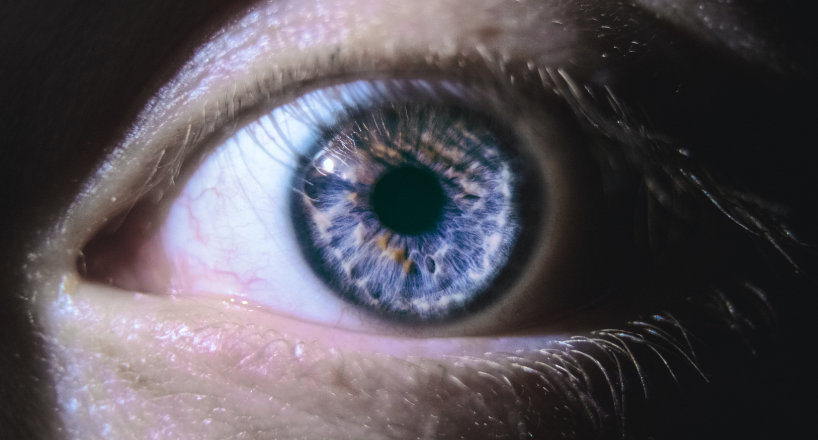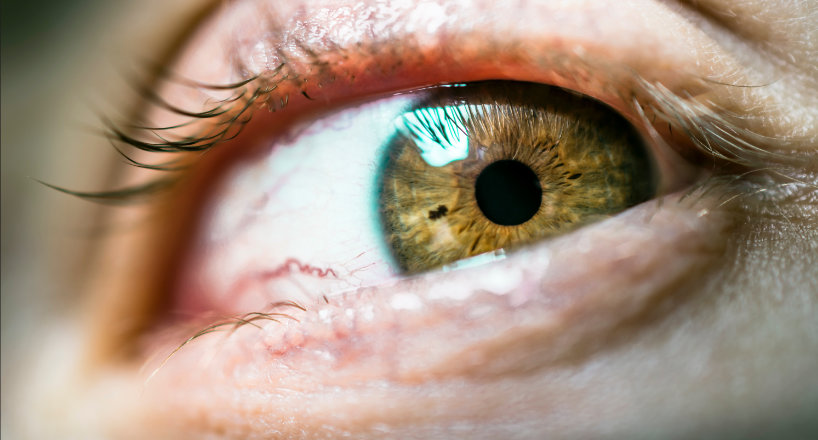Pink Eye (Conjunctivitis)

Conjunctivitis, commonly known as “pink eye,” is an inflammation of the conjunctiva, the clear membrane that covers the white part of the eye and the inside of the eyelids. It is a common eye condition that can be caused by various factors, including viral infections, bacterial infections, allergies, or irritants.
Signs of Pink Eye
Pink eye develops when the conjunctiva or thin transparent layer of tissue that lines the eyelid and the white part of the eye becomes inflamed. Symptoms can occur in one or both eyes and consist of:
- Inflammation in the white part of the eye
- Itching or burning
- Discharge
- Tearing
- Swollen eyelids and
- Crusty eyes in the morning
Causes of Pink Eye
There are three main types of pink eye infections: bacterial, viral and allergic conjunctivitis.

Viral Conjunctivitis
Viral Conjunctivitis is generally triggered by an adenovirus, the same infection that produces identifiable red and watery eyes, aching throat, cough, and runny nose of the cold or upper respiratory infection. Viral conjunctivitis is highly contagious and typically spread out due to the fact that of bad hygiene especially a lack of hand washing.
Signs of viral conjunctivitis normally last from five days to a week however may last longer. Since there is normally no medical treatment for a viral infection you have to await for the infection to run its course. To prevent spreading the infection to others, it is recommended to stay at home from school or work until the symptoms disappear which is generally after 3-5 days or approximately a week.
Viral conjunctivitis normally triggers a light discharge and extremely watery, red eyes. To ease pain, you can apply cool compresses to the eyes and artificial tears.
Bacterial Pink Eye
Bacterial pink eye is usually triggered by Staphylococcus or Streptococcus germs and is frequently characterized by a considerable quantity of yellow, sticky discharge. Also, infectious, bacterial pink eye can be picked up from bacteria found anywhere and often infected the eye by touching them with unclean hands. Contact lens wearers are at a greater threat of bacterial pink eye due to the handling of lenses and dirty contact lens cases.
Treatment is generally administered by antibiotic eye drops which ought to begin to reveal improvement after 3 or four days, however, the infection can also solve itself after a week to 10 days without treatment. If you do utilize antibiotic drops, you can return to work or school 24 hours after you are treated.
Allergic Conjunctivitis
Allergic conjunctivitis is not transmittable or infectious as it is an allergic reaction to something in the environment such as pollen, animal dander, or smoke.
Symptoms, which occur in both eyes, consist of inflammation, itching, and extreme tearing.
The first step in dealing with allergic conjunctivitis is to get rid of or prevent the irritant, if possible. Applying cool compresses and artificial tears can assist to alleviate discomfort in mild cases. In more serious cases, non-steroidal anti-inflammatory medications and antihistamines may be
prescribed. In cases of relentless allergic conjunctivitis, topical steroid eye drops are used.
Pink Eye Prevention
In all cases of pink eye, practicing good health is the best method to avoid capturing and spreading out the infection. Wash your hands completely and regularly and don’t touch your eyes with your hands, especially if you deal with or around little children.
If you have allergies, attempt to remain inside your home on days with a high pollen count and to keep doors and windows closed. Inside your house, tidy air duct filters, vacuum, and dust often to reduce the existence of allergens.